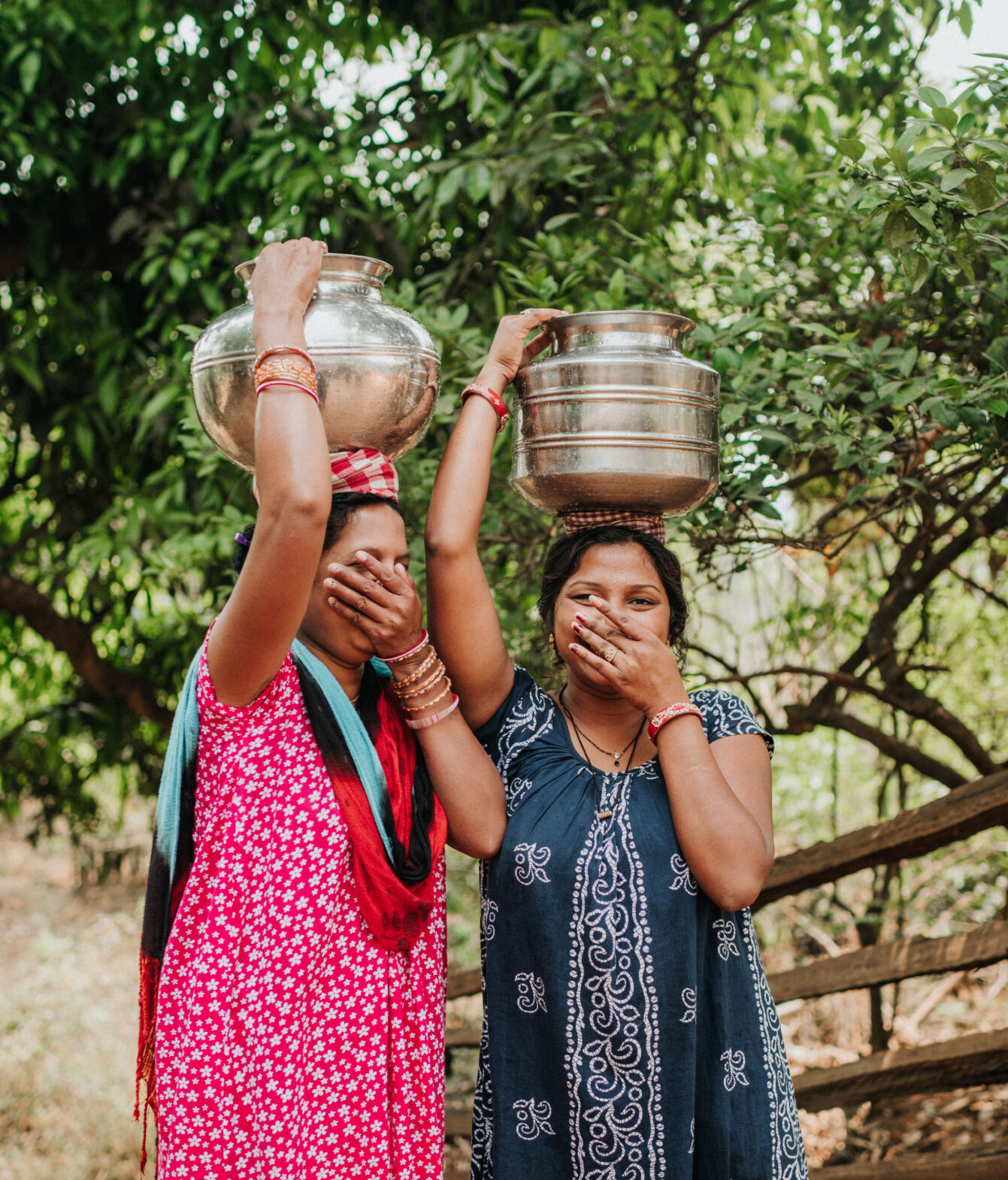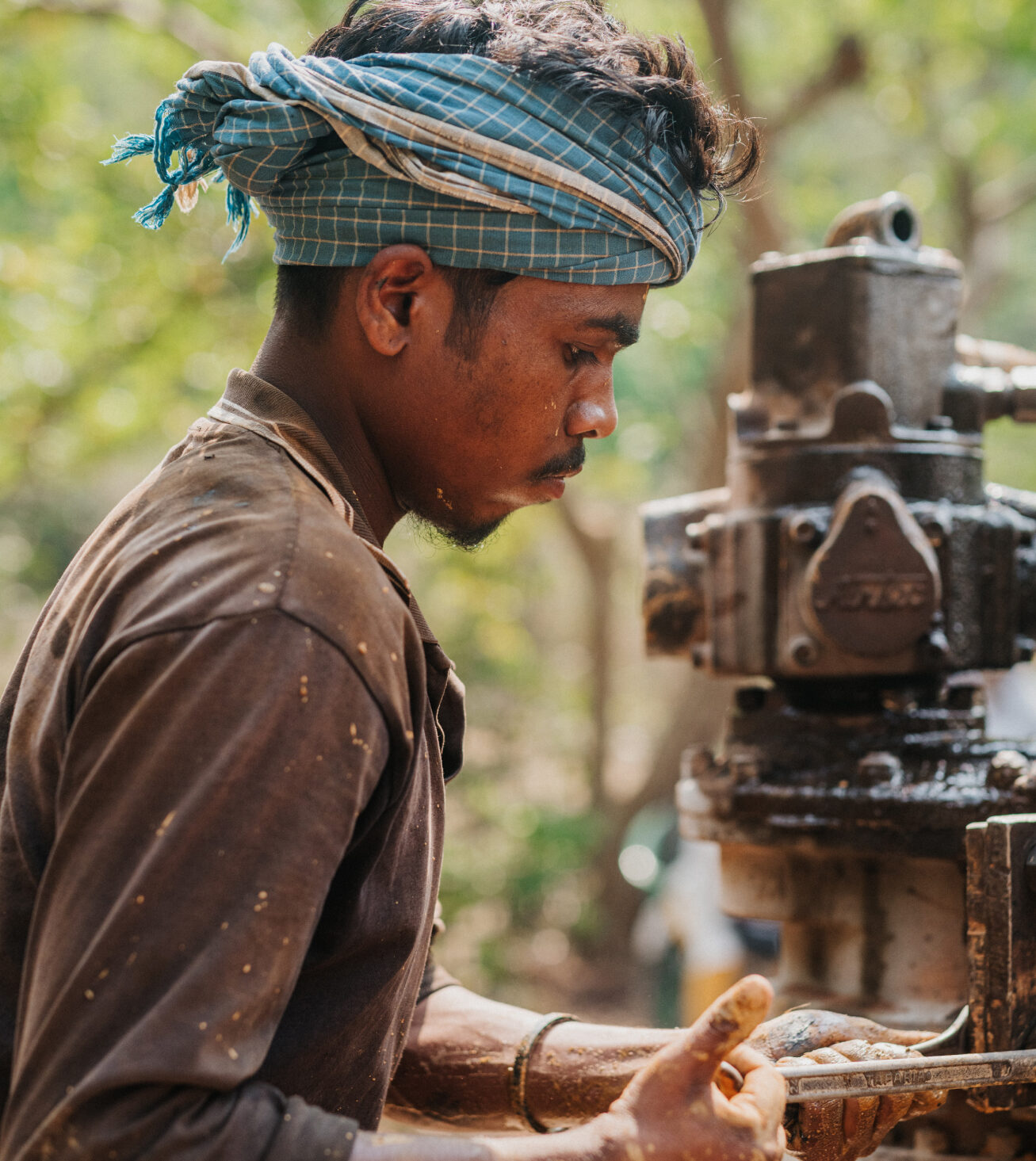India, ranked 132nd out of 193 countries in the UN’s Human Development Index,1 is the most populous nation in the world. The ongoing water crisis leaves over 73 million people in rural India without access to clean water within a 30-minute collection trip.²
Every Story Matters
One gift can meet two of the biggest needs in our world today: access to clean water and the gospel.
Change lives this year-end.


